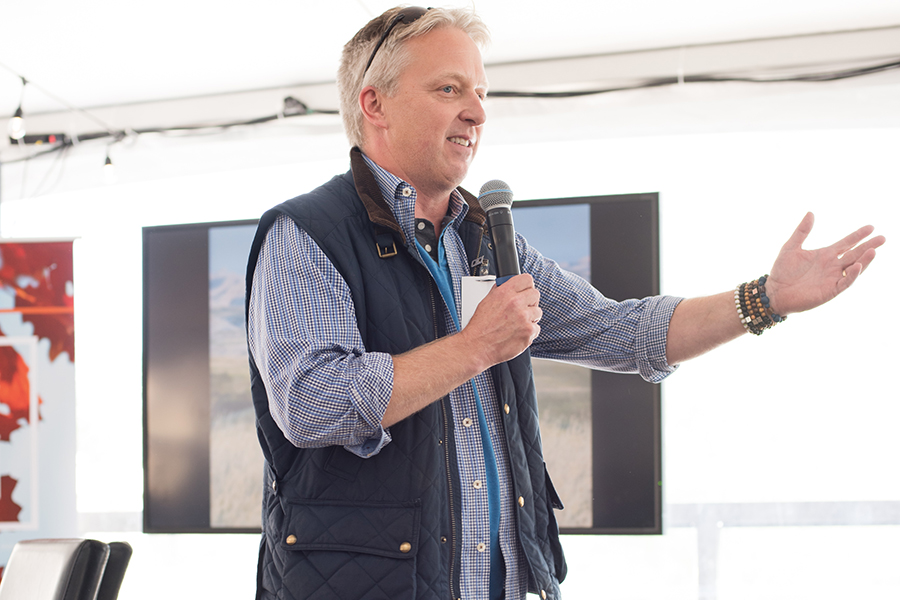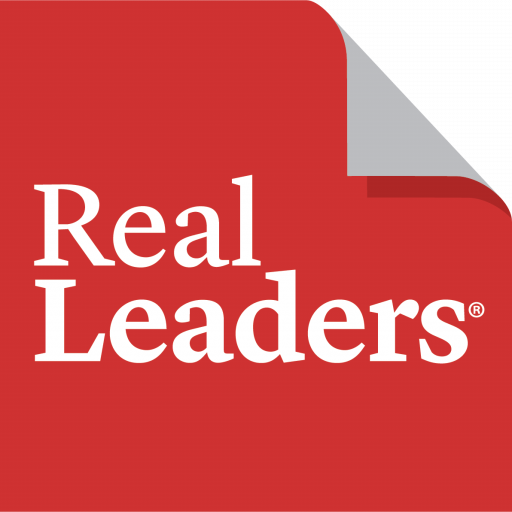Eric Jacobsen, the serial entrepreneur and co-founder of private equity firm Dolphin Capital and impact investment platform Gratitude Railroad, spends his workdays at what he calls “the intersection of compassion and capitalism.”
“We work to create financial returns by solving the world’s problems,” Jacobsen says of his two companies. “Capitalism is an organism that changes and grows over time. Entities are realizing that caring about environmental, social and governance (ESG) criteria is better for the bottom line. We work to be ahead of that trend.” This viewpoint has worked well for Jacobsen. Dolphin Capital and Gratitude Road are thriving by investing in innovative businesses that Jacobsen and his partners can believe in.
But as great as Jacobsen feels about the impact of his work, his own personal and charitable investments weren’t always aligned with his beliefs. “I was spending my work time thinking about impact investing,” Jacobsen says, “but I wasn’t doing it personally. I never thought about how the assets in my portfolio could be doing something more meaningful.”
His discomfort with that misalignment kick-started his journey to 100% impact in his personal investments. “If I was going to do this, I needed to go all in,” he explains. This realization led Jacobsen to Toniic’s 100% Impact Network, where he met Brent Kessel of Abacus Wealth Partners (pictured above) at a gathering.
“I was there to share my own portfolio deep dive,” Kessel explains. “I described the progress I’d made towards having 100% of my assets dedicated to social and environmental impact as well as commercial financial returns. Eric was at the time interviewing firms to potentially take over the management of his personal and charitable assets. He was impressed by what I had been able to do personally, and hired Abacus to help him reach his 100% impact goal.”
Abacus has a long history of seeking both positive impact and profitability, and it has proved to be a great fit for Jacobsen. As far back as the early 1990s, the firm offered two to three socially responsible funds that also met Abacus’ standard for financial returns. Over the years, Abacus added more socially responsible funds that clients could opt into. But in 2008, the firm changed its strategy. “At that point, impact investing stopped being an opt-in and became the only thing we offered,” Kessel says. “Our clients have learned that they can have impact and financial returns at the same time, because doing well and doing good isn’t a cliché – it’s extremely doable, as proven by our tripling in size to over $2 billion under management in the past decade.”
Positive impact and positive returns are not the only benefits that Jacobsen has enjoyed in his partnership with Abacus. Going to 100% impact has also changed his relationship with his investments. “I never used to care much about the quarterly rebalancing of my portfolio,” he says. “Now I’m very active in my asset allocation because I’m thinking about how I can use my portfolio to empower women and girls, provide clean air and water, or stem global warming.”

While these kinds of decisions may be harder than simply looking for the best returns, Jacobsen also finds them much more interesting. “The more we look at the world, the better off our investments are,” he says. That’s because investors can feel good that their money is creating both meaning and financial growth.
How much financial growth? As Kessel explains, impact investing may not always earn higher returns than traditional investing, but he advises clients not to expect lower returns either. Jacobsen believes that this is an important equilibrium to keep: both too much attention to values at the expense of profit and too much attention to profit at the expense of values are detrimental ways to do business.
“Heart and profit should have an equal balance, like yin and yang,” Jacobsen says. “Both are necessary for an institution’s success – and for humanity’s success.”
Jacobsen also makes it clear that shifting to 100% impact does not have to be an overnight change. “We all matter in the impact space. It’s like standing on the ground floor of a skyscraper looking up,” he explains. “Just take the first step. Choose to dine at the minority-owned local restaurant. Sell your tobacco stock. Invest in a company whose mission you believe in. The journey to 100% impact begins by understanding that every dollar you touch has an impact. Does it have the impact you want?”




































